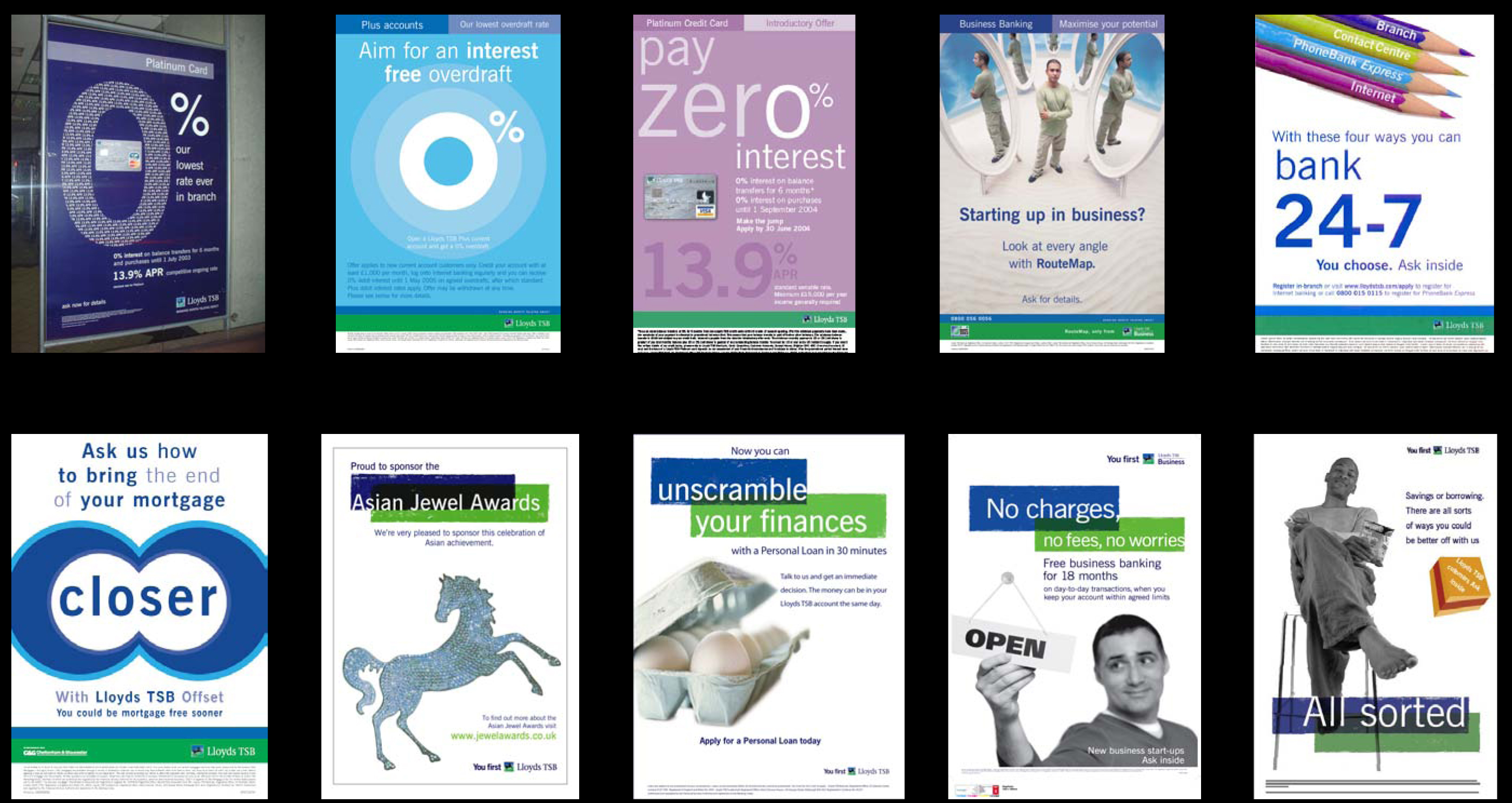

Rising house prices are actually a challenge for significant parts of the UK, though, with two thirds (67%) of the public believing that the UK housing market isn’t helping people get access to affordable and quality homes in their area. And despite higher inflation and an increase in interest rates, average rates on those mortgages hit a record low in 2021, and continues to remain at low levels in January 2021 4. The good news looking into 2022, though, is that 95% mortgages are once again available to first time buyers. Indeed, throughout the pandemic a combination of rising inflation and historically low interest rates meant that many first-time buyers were forced to save for higher house deposits than they may have bargained for. For example, it’s clear that issues around affordability will continue to feature. With all of this in mind, here at Lloyds Banking Group, we expect house prices to maintain their current strong levels over the next year, but growth to be much flatter in 2022, at around 1%.īeyond house prices, there’s also other trends we think will shape the market in 2022. This, paired with further financial strains on households – such as higher energy prices – is also likely to reduce house price growth over the coming months.

The Bank of England has already acted to combat rising inflation with one interest rate rise, and we expect more to come in 2022 (albeit remaining at historically low levels). It’s thanks to these factors that the market continues to look robust, but there are clearly still challenges ahead.

In addition to government support, changed spending habits during the pandemic has also allowed prospective home buyers to save more money for larger deposits. We expect these kinds of pandemic-driven shifts in housing preferences to continue well into 2022. We also saw a significant number of transactions driven by the ‘race for space’, as home-working and long periods at home in general prompted buyers to look for bigger properties with more space. These measures, combined with pent-up demand created by periods of lockdown, would have undoubtedly helped to drive activity during 2020 and into 2021. Those buying homes with a value above the threshold, on the other hand, would only pay tax on amounts above £500,000 3. Over the last 24 months or so, the UK Government has brought in a number of initiatives to help curb the devastating effects of the pandemic and support the economy.įor the housing market, the most significant has been the Chancellor’s introduction of the Stamp Duty Land Tax (SDLT) holiday – whereby buyers completing a property purchase for less than £500,000 on or before July 1, 2021, would no longer need to pay for the cost of stamp duty.


 0 kommentar(er)
0 kommentar(er)
